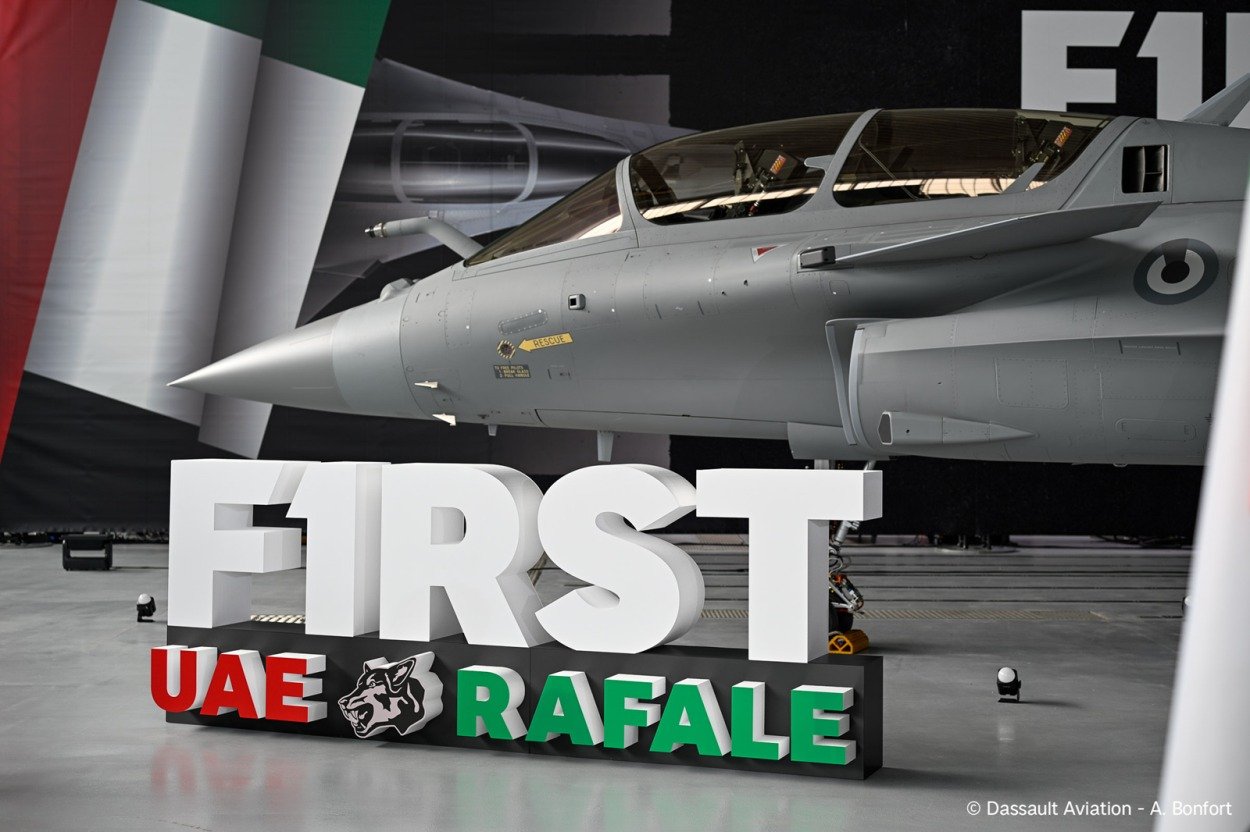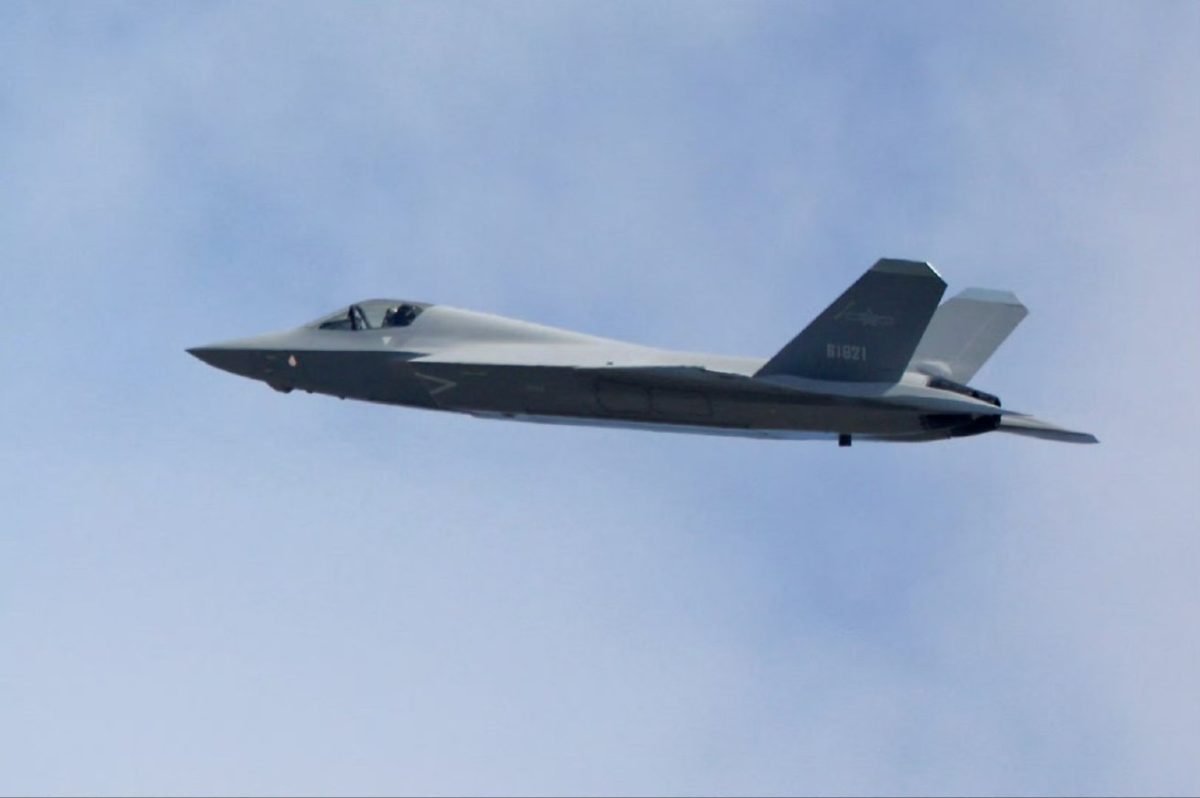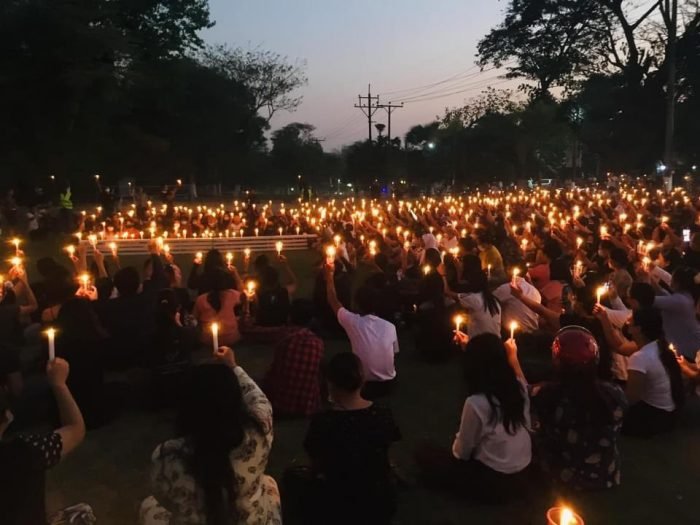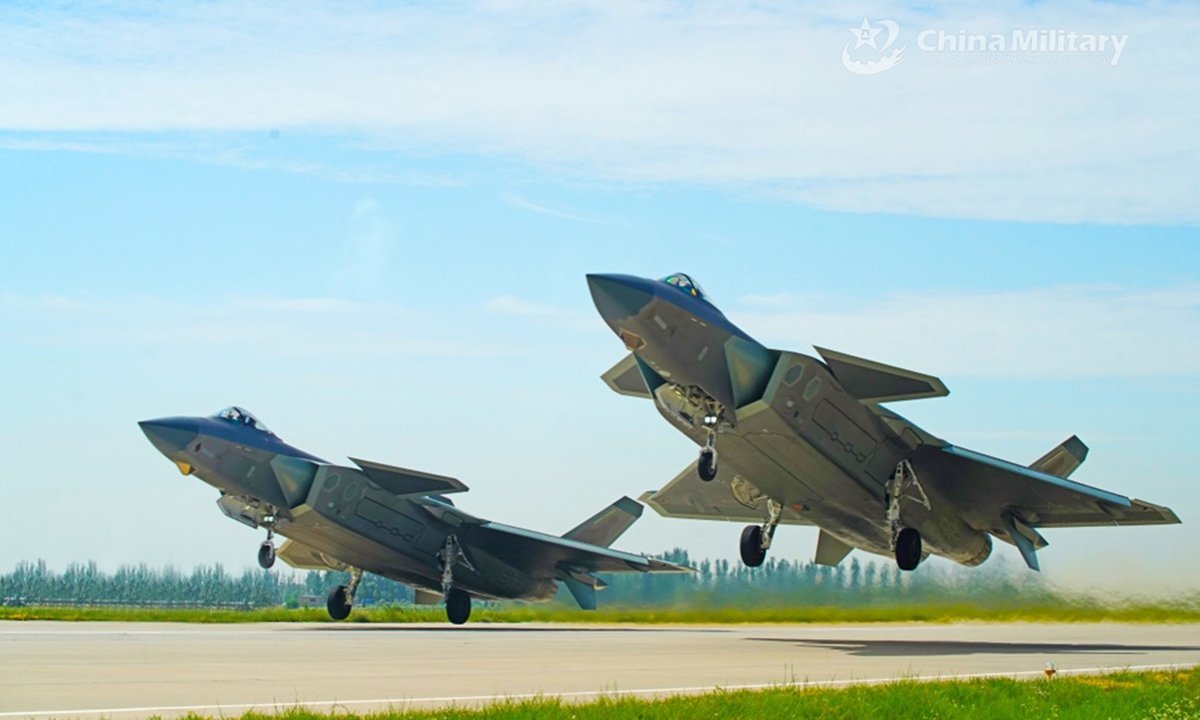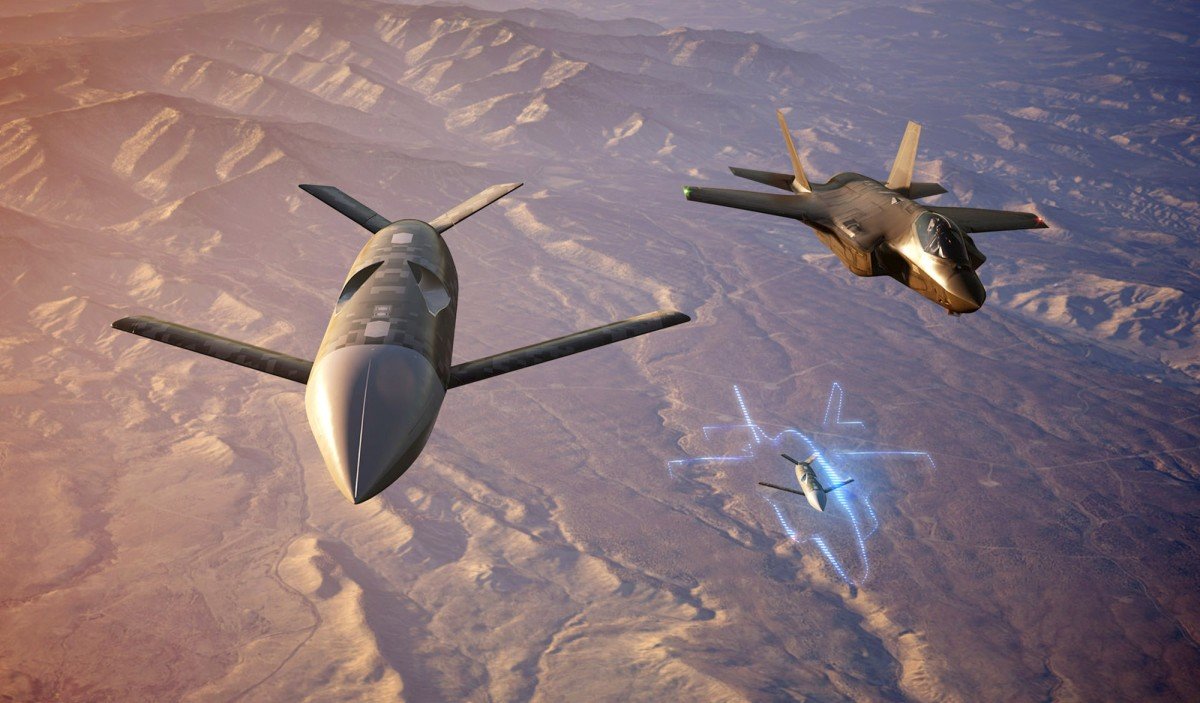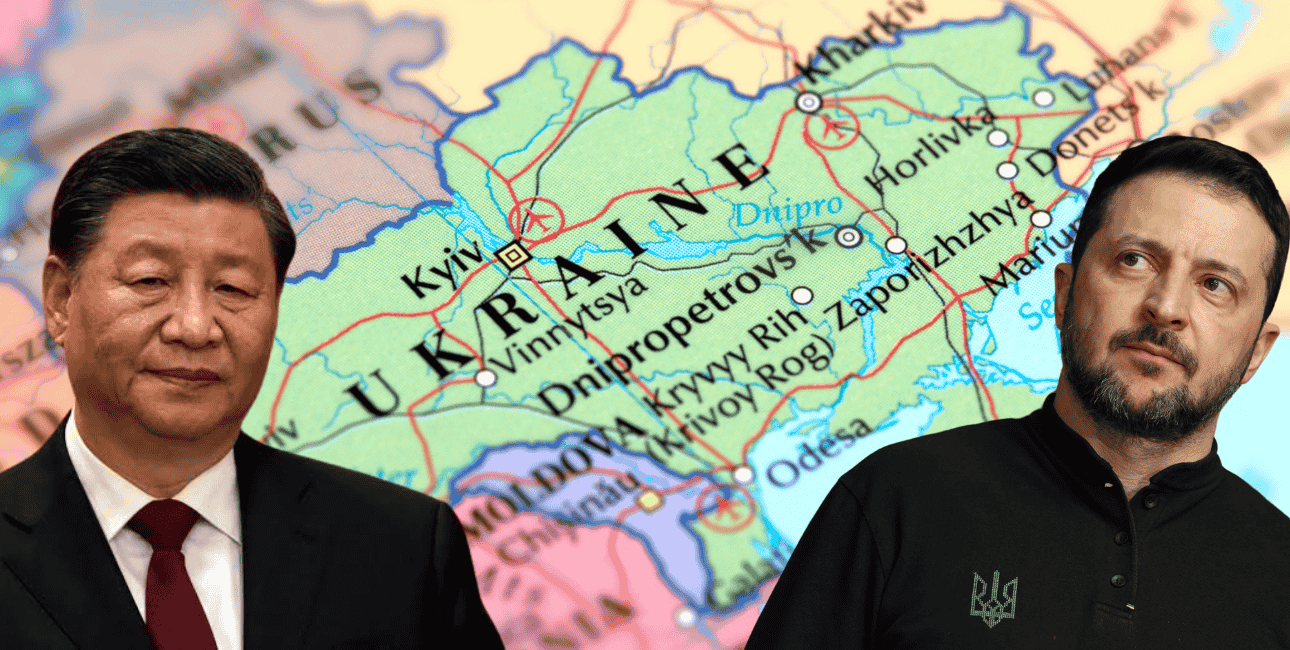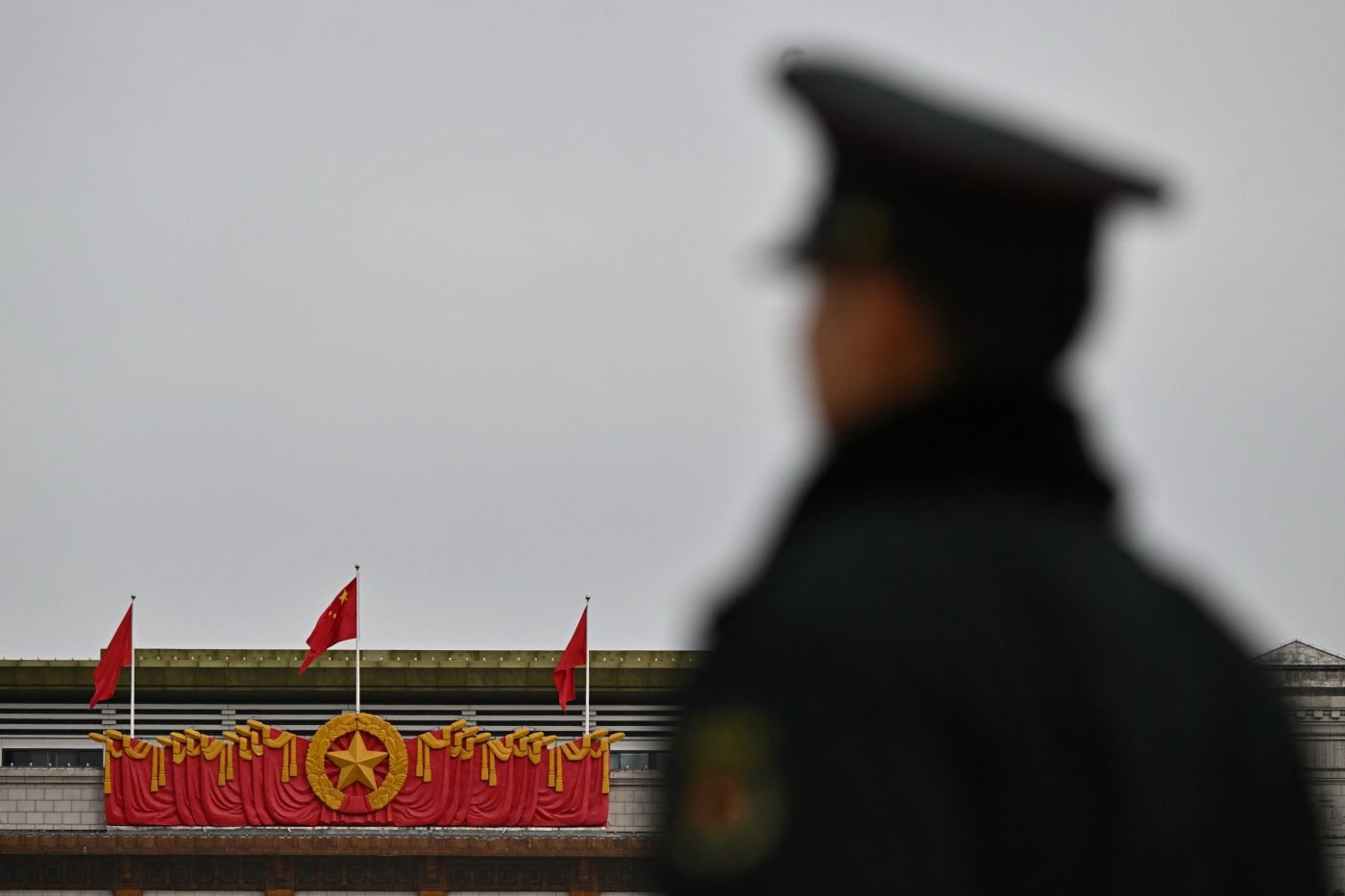France has unveiled the first F-4 Rafale fighter jet for the UAE. The first F4 Rafale has become ready for flight tests at Dassault Aviation’s Flight Test Centre, and deliveries to the UAE will begin at the end of 2026.
The aircraft was unveiled in a post by a French aircraft maker, Dassault Aviation, on X. It showed the two-seat variant Rafale with tail number 1101. The UAE has contracted the French Dassault for 80 fighter jets.
The aircraft was displayed in a hangar at Istres Air Base during a ceremony on 29 January. The event was attended by the airframer’s chief executive, Eric Trappier, along with French armed forces minister Sebastien Lecornu and Mohamed Bin Moubarak Fadhel Al Mazrouei, the UAE’s minister of state for defense affairs.
The UAE will be the first country after France to operate the Rafale F4 variant. The contract signed with the UAE is the largest-ever export deal for the French warplane. The UAE signed a “historic contract” with France’s Dassault Aviation to buy 80 Rafale F4 jets in December 2021.
The Emirati Rafale F4 is an evolution of the Rafale F3R, which is currently in service with the Indian Air Force (IAF). The IAF inducted the Rafale F3-R into service in July 2020, when the first batch of five aircraft joined the No.17 Squadron, ‘Golden Arrows.’

The IAF’s Rafale had 13 India-specific enhancements, a notch above the F3 variants. The IAF Rafales introduced the Armement Air-Sol Modulaire (AASM) Highly Agile Modular Munition into service. The all-weather smart Air-to-surface weapon from Safran Electronics & Defence has extended stand-off capacity and can engage targets at a range of more than 70 kilometers.
In addition to the Rafale’s air-to-air armament comprising MBDA’s ramjet-powered Meteor Long-Range Beyond Visual Range Air-to-air Missile (BVRAAM) and MICA Close Combat Missile. The IAF had also opted for Safran Electronics & Defence’s AASM Hammer bomb guidance and glide kits and Israeli SPICE-guided munitions.
In other words, the F3R Rafale is centered around the integration of the MBDA Meteor beyond visual range air-to-air missile, the Thales TALIOS laser designator pod, and the laser homing version of Sagem’s AASM Hammer air-to-surface munition.
The IAF chose the ‘Hammer’ AASM when it was embroiled in a standoff with China. The munition can be deployed to destroy buried targets in the mountainous terrain of Eastern Ladakh.
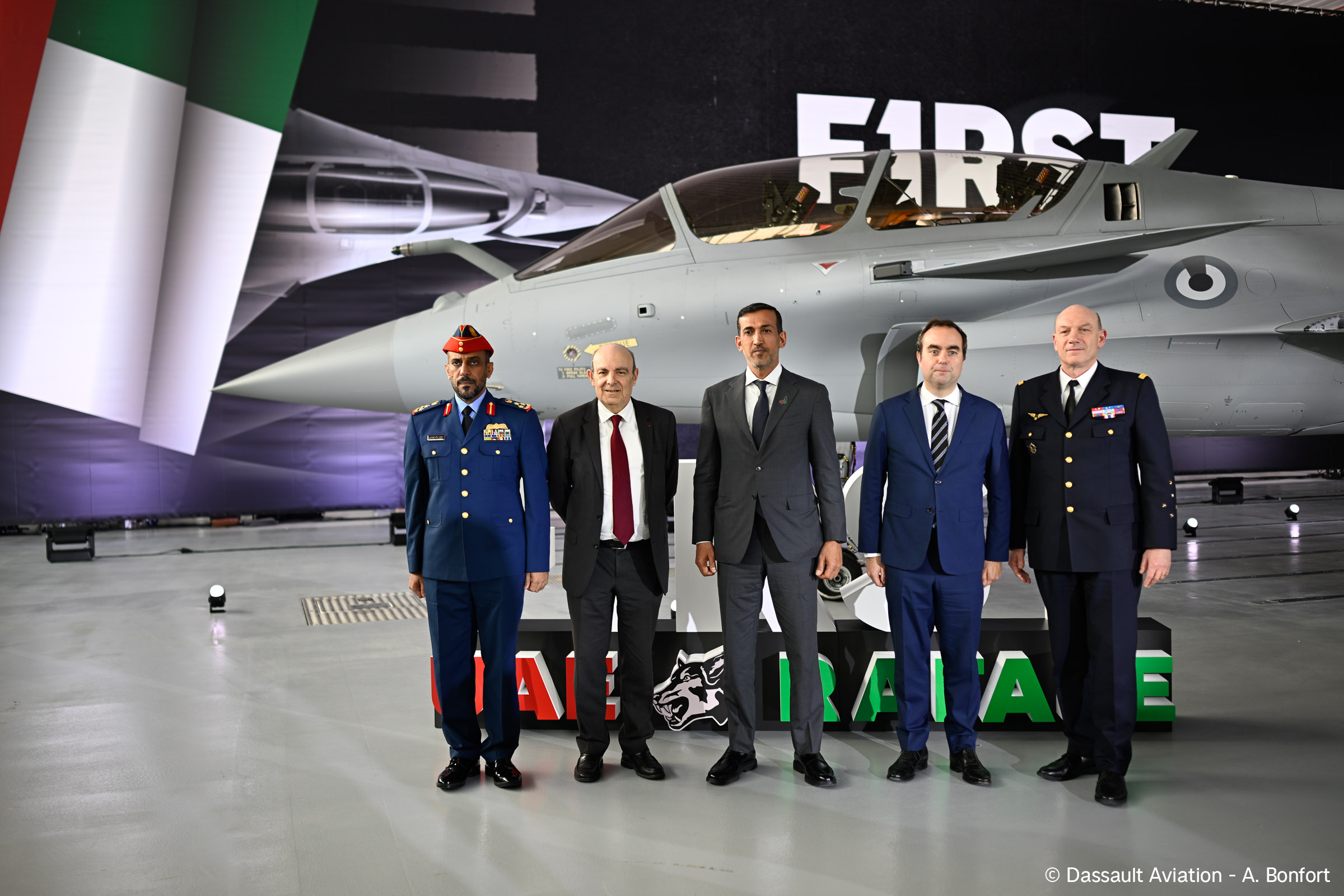
The Rafale F4 has several upgrades over the Rafale F3R operated by the IAF. Among them are Thales software-defined radio, satellite communications, and other improvements on RBE2 AESA radar, Talios targeting pod, front sector optronics system, and helmet-mounted display capabilities.
The Front Sector Optronics will have a new IRST that will supplement the Rafale’s existing sensor suite, providing improved day/night passive target detection and identification capabilities against low signature aircraft through the infrared spectrum.
The RBE2 AESA radar has new Synthetic Aperture Radar (SAR) and Ground Mobile Target Indication and Tracking (GMTI/T) modes. These improvements enhance the Rafale’s ability to produce high-resolution radar imagery at a very long range and detect and track ground targets in every weather condition.
It has a new digital jammer for the SPECTRA self-defense / electronic warfare suite.
The F-4 includes the Thales Scorpion Helmet Mounted Display to accelerate the designation and acquisition of targets, and new, larger side cockpit displays offer improved resolution.
It is armed with MBDA’s MICA NG (Next-Generation) air-to-air missile and the 1,000-kilogram variant of Safran’s AASM “Hammer” precision-guided munition. The 1,000-kilogram variant provides the Rafale with an enhanced strike capability. The aircraft can now carry three of these bombs.
A new integrated propulsion system in the bombs also extends the standoff range. The latest variant also has a laser-homing AASM version that is especially suited to destroying moving targets at a distance of several kilometers with high precision. It is also possible to control the munition flight time, laser illumination, and in-flight weapon settings for terminal laser guidance AASMs.
The Rafale F-4 is designed to be operationally relevant for at least the next 10 to 15 years. Dassault is offering Rafale F4 to India for its deal or 114 Medium Role Fighter Aircraft (MRFA).
Dassault claims that the F4 variant is designed to be backward compatible with the F3, meaning the IAF can upgrade its existing F3 jets to the F4 standard with relative ease.
Largest Operator Of Rafale-M Fighters
The Indian Navy and Dassault Aviation are close to finalizing the deal for 26 Rafale M fighters. The French Aerospace maker hopes that if India wins the contract to supply 114 fighters under Medium Role Fighter Aircraft (MRFA), it could become the second-largest operator of Rafale fighter jets.
Dassault Aviation is setting up a Maintenance Repair and Overhaul (MRO) facility in Uttar Pradesh to support French-origin fighter jets in the Indian Air Force (IAF). The IAF operates 50 Mirage-2000 aircraft inducted in the 1980s and 36 Rafale fighter aircraft inducted in the last few years.
If Dassault Aviation’s optimism becomes a reality and it bags the mother of all defense deals – the contract to supply 114 MRFA to the IAF, India’s Rafale fleet could expand to 176 jets. In comparison, the French Air Force operates 185 Rafales, and the French Navy has 46 in service.
Dassault’s projections for 2040 include expectations that the Indian Navy could surpass the French Navy to become the largest operator of Rafale M fighters.
Dassault expects additional orders for 31 Rafale M fighter jets. The Indian Navy had initially planned to buy 57 of these French aircraft, but this was reduced to 26 units after DRDO assured it would deliver TEDBF on time.
